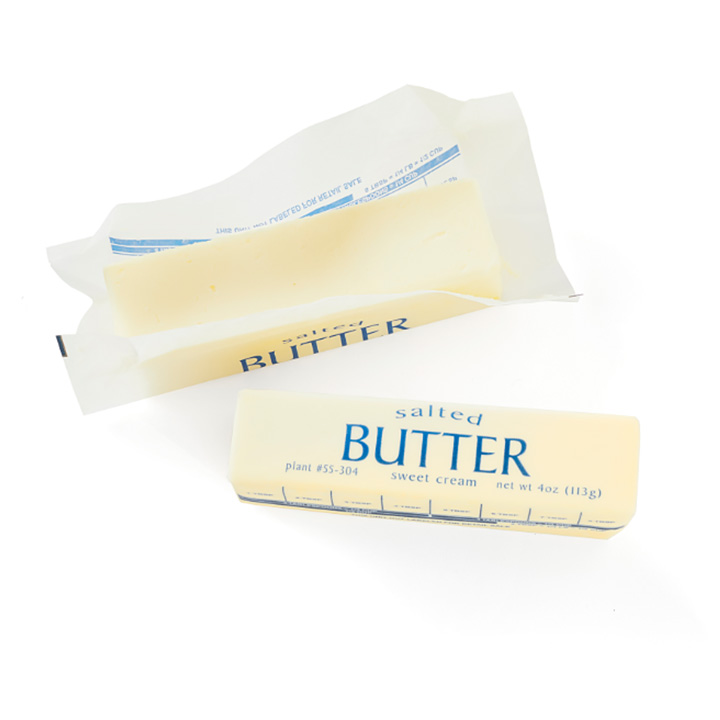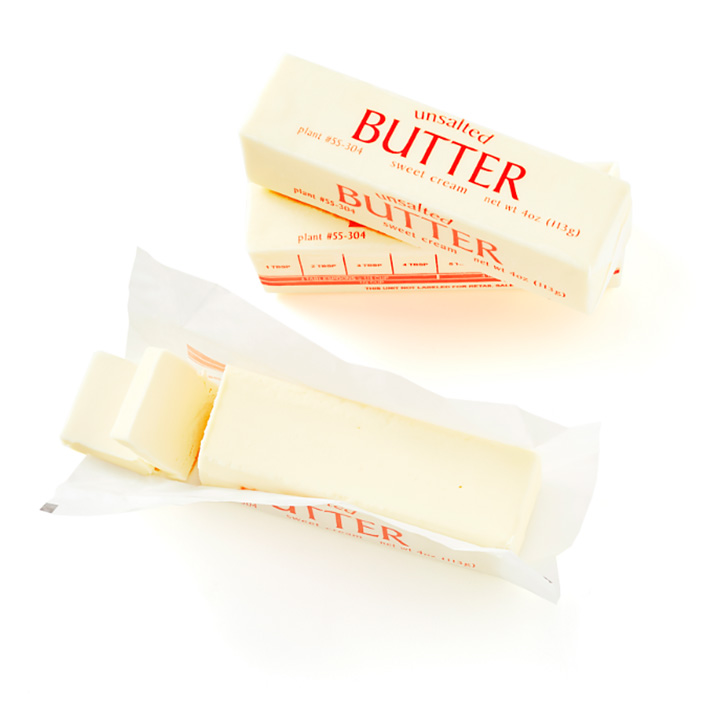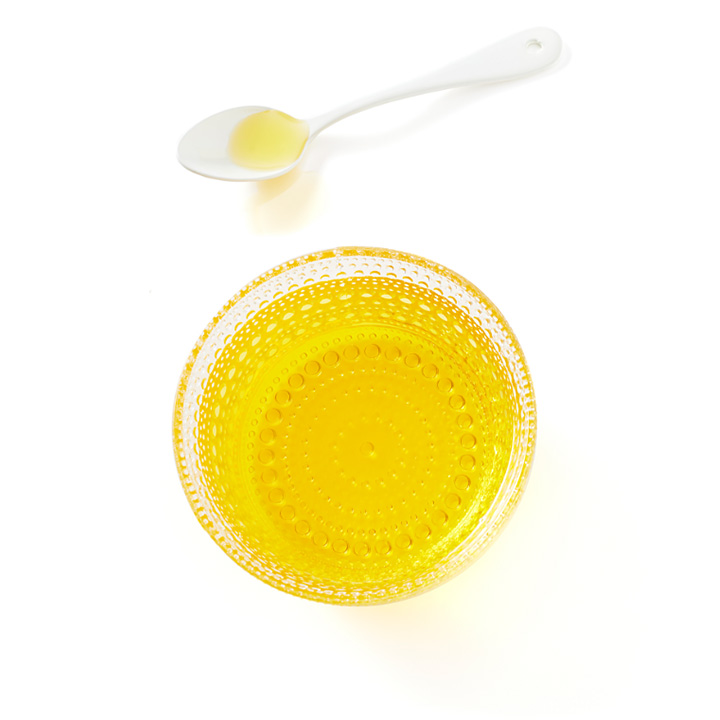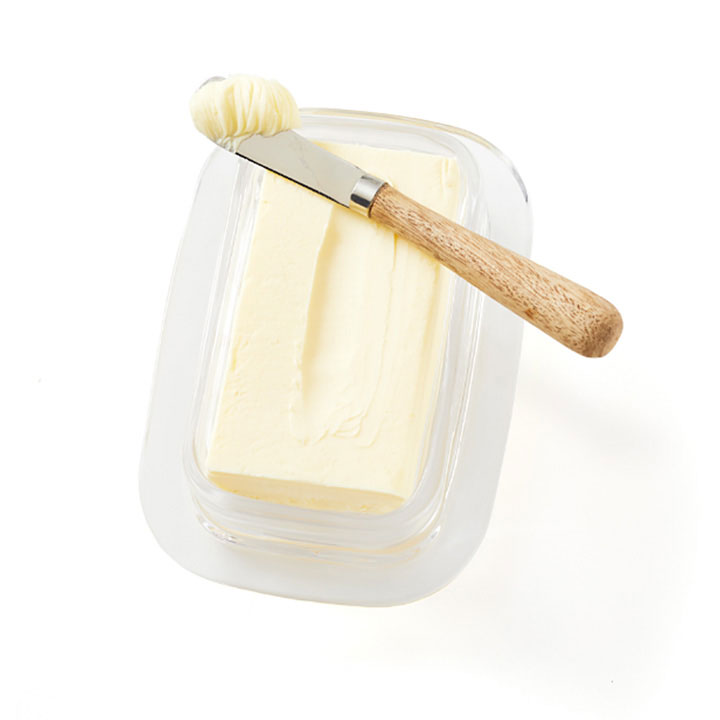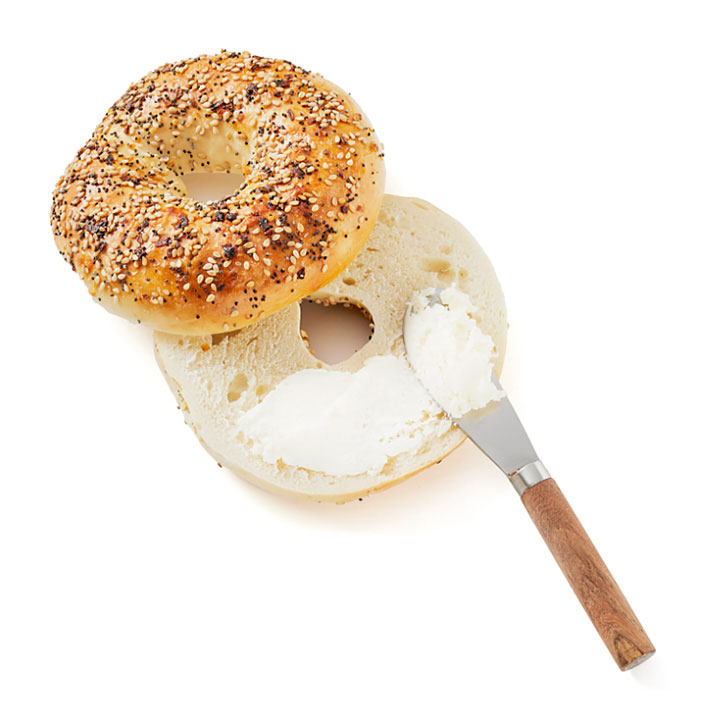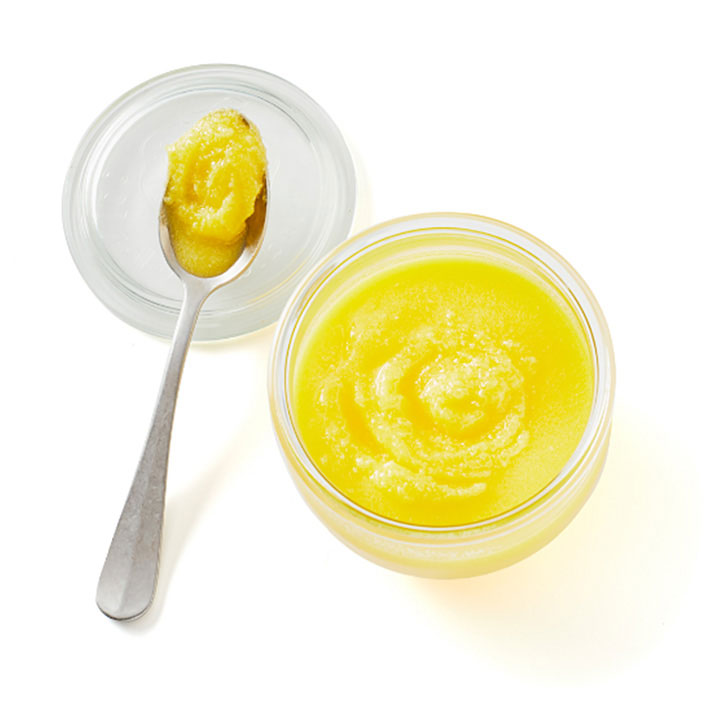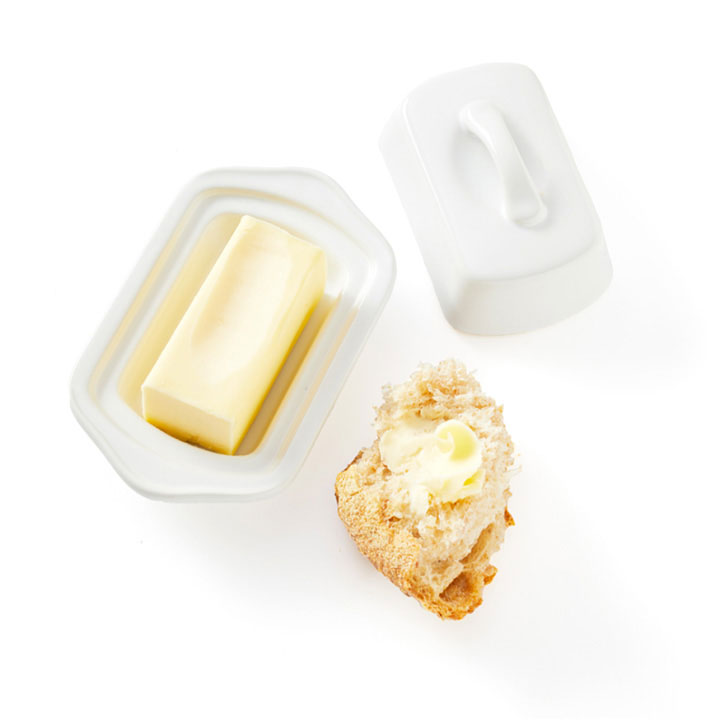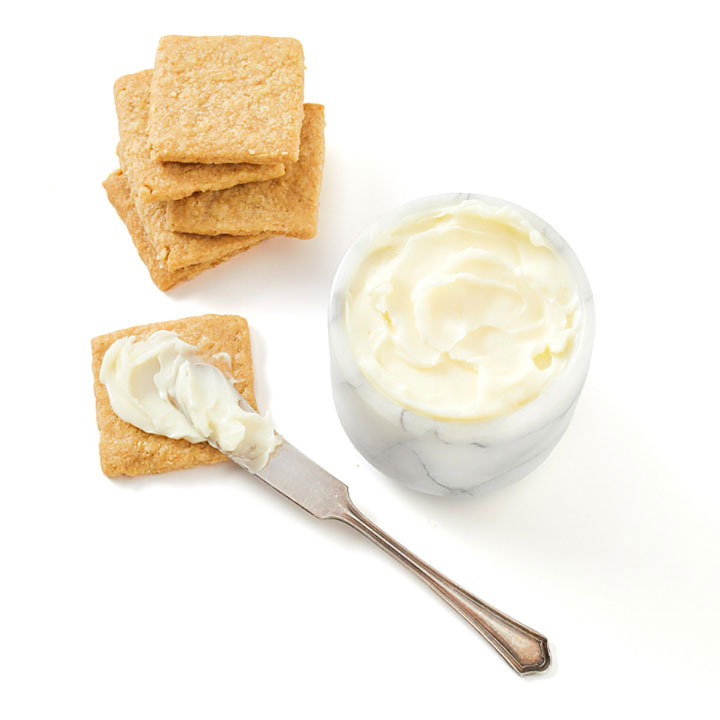Types of Butter
Butter is among the purest and most natural of ingredients. But that doesn’t mean it’s simple. Butter comes in many types and styles, each one suited for different uses. We’ll break it down here, and expose you to a whole new world of emboldened butter goodness.Salted
Salted butter is all-natural butter, readily available at any grocery store. The salt is added to extend freshness. Unsalted butter typically lasts about one month in the refrigerator. Added salt extends that time by two months. When baking, you’ll want to avoid salted butters, but the salted variety adds a bit of extra flavor when spreading on toast and dressing veggies.Unsalted
Because many baking recipes are an exact science, added salt (which helps extend freshness) can sometimes mess with the chemistry. And if you’re really sensitive, it can impact the flavor as well. That’s why you’ll see many recipes call for the unsalted variety. This type of butter is easy to find in the dairy section of any supermarket and is one of the most versatile types of butter you can buy.Clarified
Simply put, clarified butter is butter that has had milk solids and water removed, so all you have left is the butterfat. It’s easy enough to make. Just heat butter over low heat and skim the foam off the top and strain though a fine sieve or cheesecloth. It’s great for dipping, making sauces and, with the milk solids removed, it has a much higher burn point, so you can use it for high-heat applications like sautéing.European Style
These butters have a higher fat and lower moisture content than those traditionally produced in the U.S. The result is a creamier, milkier butter that tastes freshly churned. Now that fat is no longer an evil dietary word, it’s growing in popularity and is readily available in most supermarkets. Try it as a spread on freshly baked bread or for melting.Whipped
Whipped butter, which can be made from any kind of butter, has had air added to it. It is lighter and lower density, which means that for the same size portion, it is lower in fat and has fewer calories. It’s also more spreadable, which is why you’ll see it in many a restaurant bread basket. To make it, just get out your electric mixer and beat some butter with a little milk or water for a couple of minutes.Ghee
This version of clarified butter originated in India, and has long been a staple of the country’s sophisticated, flavor-rich dishes. Like traditional clarified butter, it is melted and the milk solids are removed after they are separated. The only difference is the milk solids are allowed to cook with the butterfat longer until they are browned slightly. This gives it a nutty, caramel-like taste.Cultured
Cultured butter takes another cue from European-style butters with the addition of live bacterial cultures to fresh cream. The cultures ferment the cream, giving it a tangy flavor, not unlike what happens during yogurt production. After fermentation, the cream is churned into butter that adds distinctive flavor to baking and cooking. Try it whenever you want to a bit of acidic tang.Spreadable
It’s easy enough to bring standard butter to room temperature to make it delectably spreadable, but modern convenience has brought ready-to-spread butters to the store shelves. Spreadable butters have added oil, giving it all natural flavor of butter while still being easy to use on bread and other baked goods, straight from the fridge. Just make sure too look for real butter, and not an artificial spread, like margarine.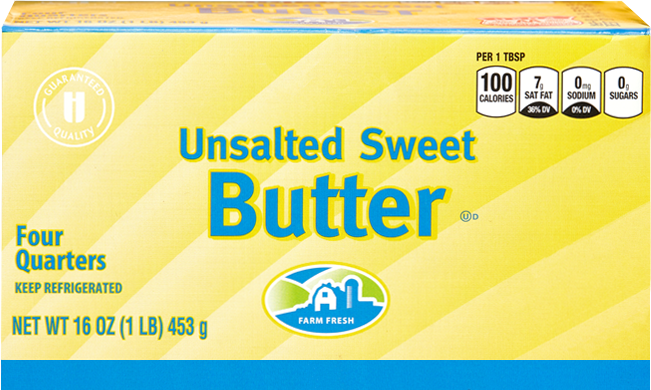
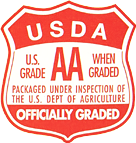
USDA Grading System for Butter
The butter you see on store shelves has met strict requirements set and enforced by the USDA for quality, performance, appearance and flavor. Only the very best, Grade AA, is available for consumer purchase. No matter what brand you buy, if it’s real butter, you can rest assured, it’s going to be the best.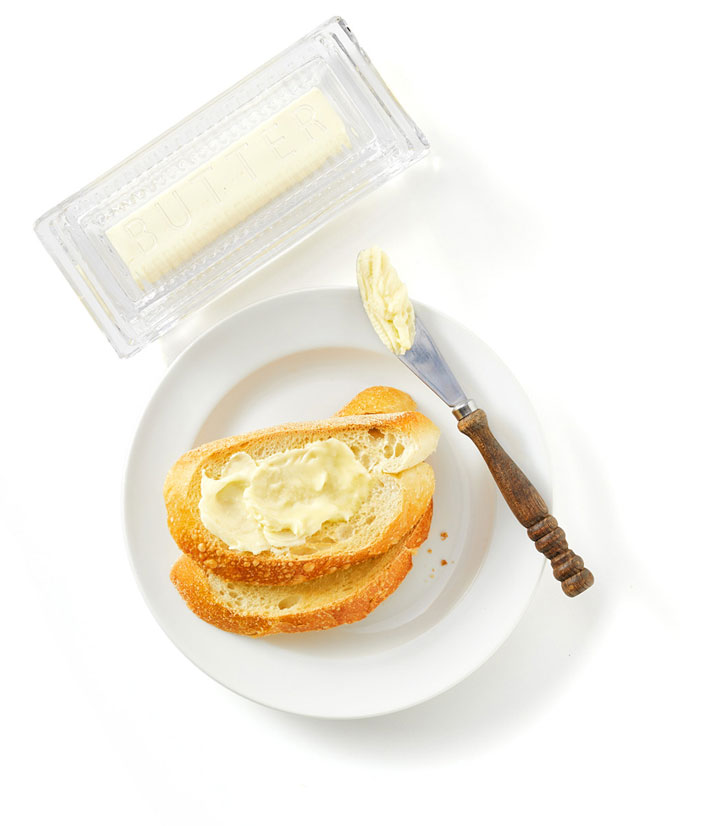
Butter Standard of Identity
Regardless of the type or grade of butter, the Federal Food, Drug and Cosmetic Act (FDCA) has defined a federal standard of identity for butter. If a food product does not meet the standard, it cannot legally be called butter.
Section 201a defines it as follows: “the food product usually known as butter, and which is made exclusively from milk or cream, or both, with or without common salt, and with or without additional coloring matter, and containing not less than 80 per centum by weight of milk fat, all tolerances having been allowed for."
Don’t be fooled. If it’s not made from real dairy cream and it contains less than 80 percent milk fat, it’s not butter.
